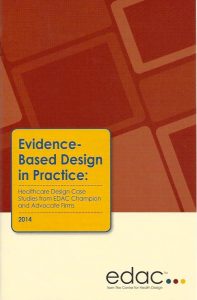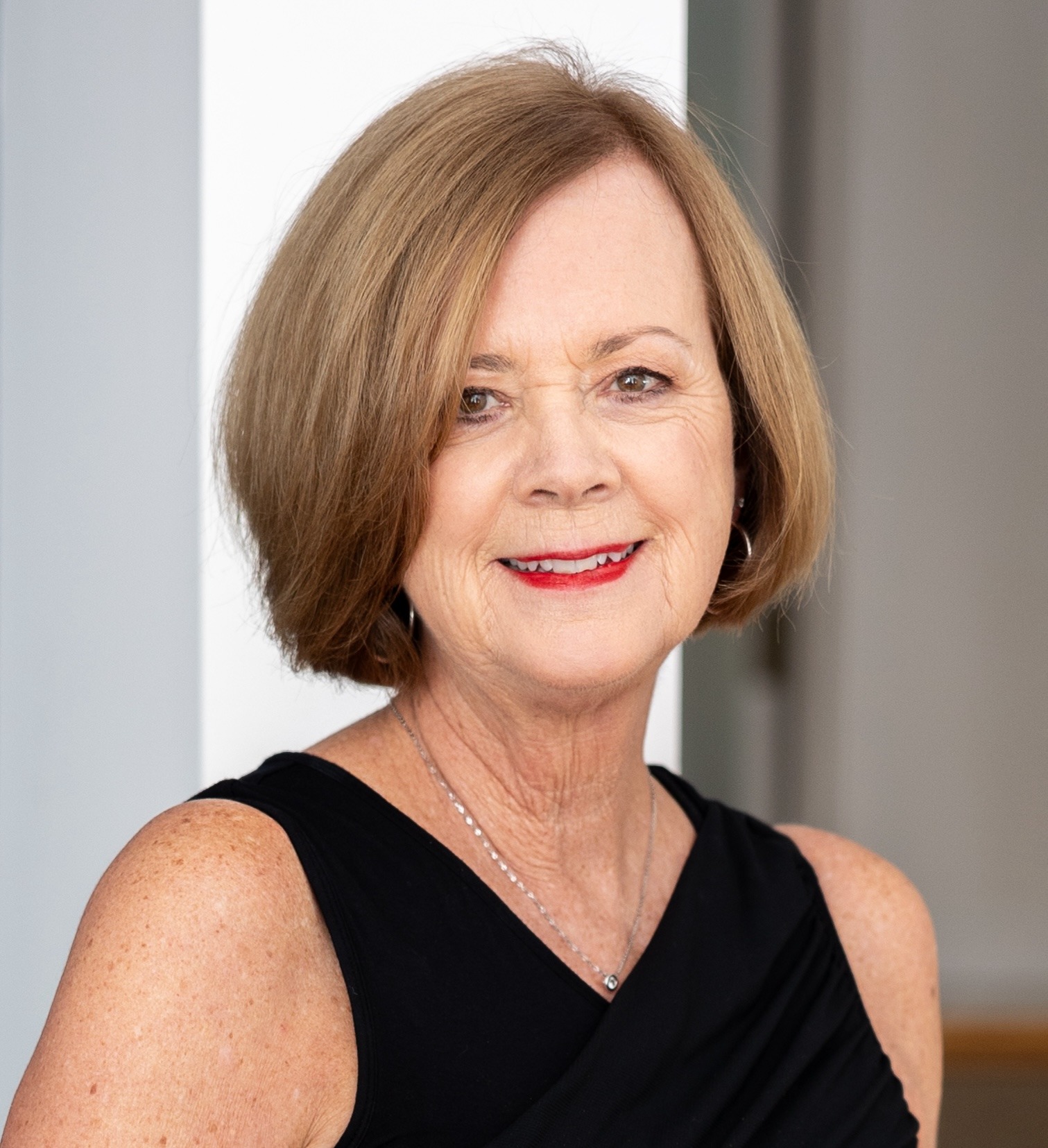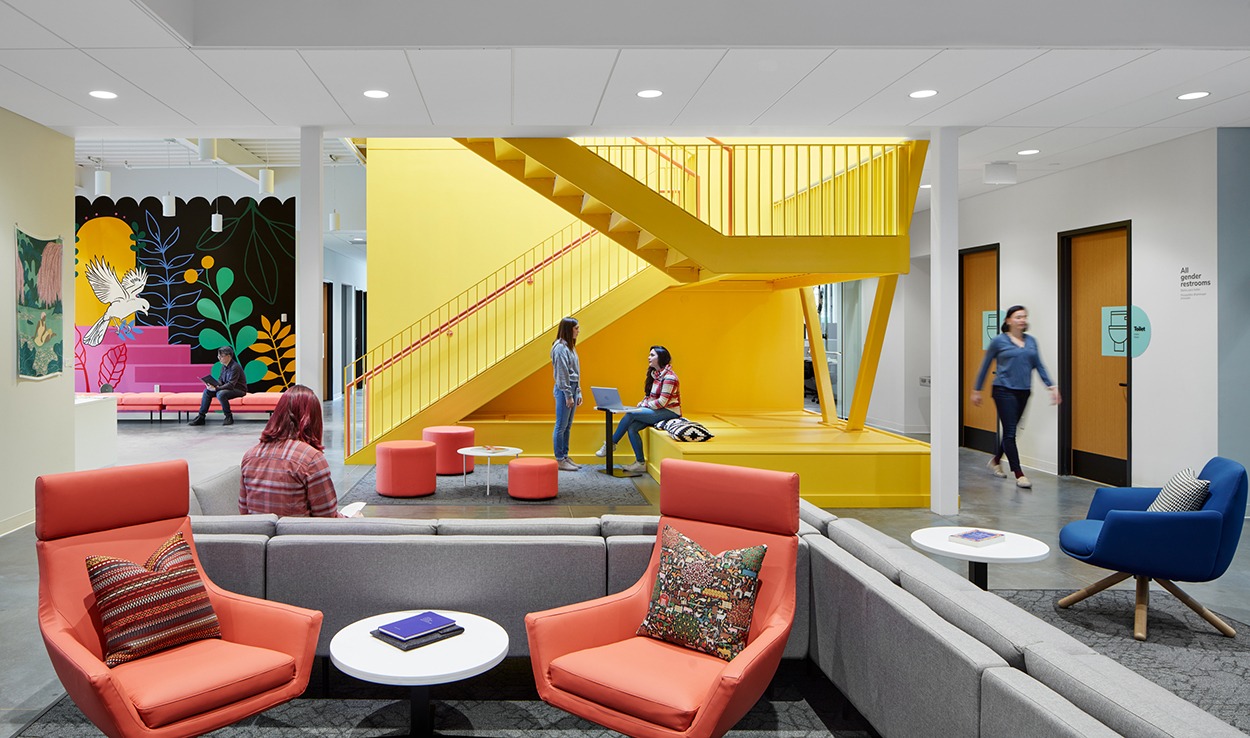
New booklet distributed at last week's Healthcare Design conference.
A few weeks ago, I asked a bunch of smart people in the healthcare design industry if the conversation around evidence-based design has quieted. I wrote a post about their responses and also shared the post with my LinkedIn groups, asking them to add their voice to the discussion.
As you might expect, folks in the Evidence-Based Design Accreditation and Certificate Program-EDAC group were quick to respond.
"Evidence-based design is viewed as a fringe design topic, from what I have gathered." wrote Keith W. Starnes, AIA, LEED AP, Associate & Senior Project Architect, Birchfield Penuel & Associates, LLC. "Clients and user-groups associate it more with healthcare delivery than anything else."
Dayle Krahn, Vice President, Property Maintenance & Development at Baptist Housing Ministries, had a slightly different take. "I am finding a great deal of pushback from care team members regarding EBD," he wrote. "'That's not the way we do it.' They want proof that it will work in their residence with their residents."
"I think evidence-based design today is where sustainable design was 10-15 years ago," wrote Stefnee Trzpuc, CID, EDAC, LEED A.P., Design Research and Knowledge Management Specialist at BWBR. "We have to keep pushing education, research, and discussion to get it to the point where it'll be more accepted as an integrated mode of practice, much like a lot of the industry views sustainability today."
Jennifer Heppner, Associate at DIALOG, brought up a key point. "One of the challenges with EBD not having more rapid traction in the healthcare sector is that the process for many healthcare projects is already a such a lengthy one, that to add more to the process from project conception, can be challenging," she wrote, suggesting that EDAC should "borrow concepts" from LEED and establish different levels of certification.
Not Just Healthcare
"I feel EBD needs more exposure beyond healthcare environment," wrote Morana Medved, Job Captain at Hawley Peterson Snyder Architecture/Interiors/Planning. "My area is not healthcare and I got the EDAC credential hoping to apply it more to commercial interiors where too many decisions get made based on someone's personal impression rather than actual evidence."
Sherry Carroll, Sr. Project Manager, LEED AP, EDAC, Associate IIDA at Reel Grobman & Associates, agrees. "About 90% of my current projects are commercial interiors for high tech organizations in Silicon Valley," she wrote. "Exposure to evidence-based design could really make an impact on environments for people, health, productivity and overall profitability of these companies."
Perhaps one day, the EDAC program will expand into other areas. It's still a babe in the healthcare woods, though.
For evidence-based design to gain traction, we need to keep having these discussions -- and continue to educate and help professionals put it into practice. Many still believe that it a prescriptive action (if you do "x," "y" will happen), rather than going through a process.
It is true, though, as was pointed out in the EBD and Lean discussion held this past week at the Healthcare Design conference, that producing new research from an evidence-based design process takes 5-7 years -- or more. "It's not getting us the data that we need quickly," said Ron Smith, AIA, ACHA, AHE, EDAC, President and CEO, design at the intersection, LLC, referring to it as a "macro research cycle."
What are your concerns about evidence-based design?
P.S. Please do me a favor -- if you liked this post and like this blog, please share it with others by sending them the link and/or post it on your Twitter, LinkedIn, or Facebook, etc. Also, don't forget to subscribe, so you'll get emails when new content is posted. Thanks!






